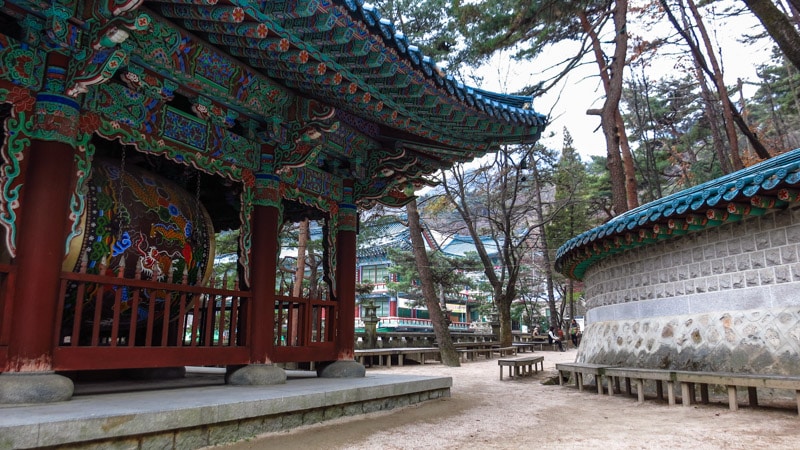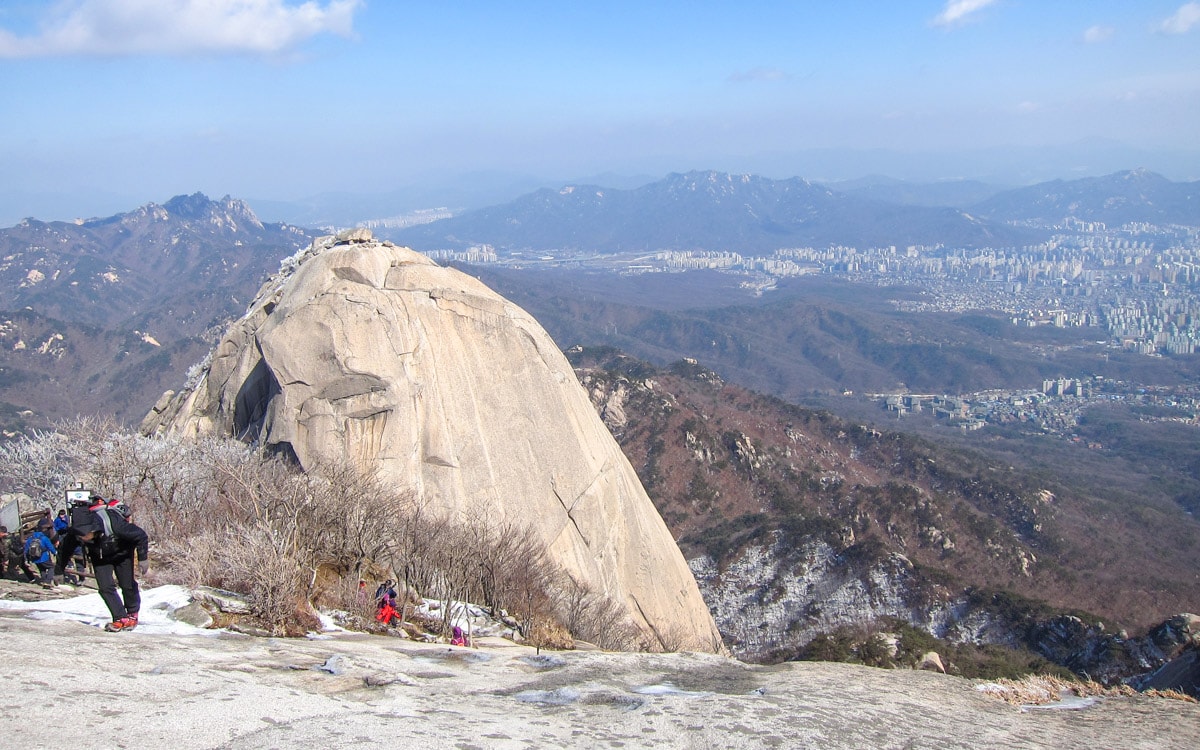
Bukhansan National Park is a national park located in the Seoul metropolitan area popular for its scenery, hiking trails, streams, and granite peaks. The park is named after the tallest mountain in Seoul, Bukhansan, which means “mountains north of the Hangang River.”
on April 2, 1983, Bukhansan became the 15th national park of Korea. The park, which stretches across Seoul and Gyeonggi-do, covers about 80 square kilometers (30.8 square miles). The park lies partly in the city of Seoul and partly in the city of Gyeonggi-do with multiple entrances, usually near major subway stations. Many of the tall granite peaks are visible from areas throughout Seoul.
Efforts are being made to change the name of the park back to its original name, Samgaksan, which means “three horned mountains.”
Around 5 million people visit each year making it one of the most visited national parks in the world. This is not surprising given how the park is surrounded by subway lines and how close it is to downtown Seoul and surrounding urban areas. The park is so popular with the residents of Seoul that many of the hiking trails are closed on certain days to protect the ecosystem and environment which has taken a hit from so much foot traffic. It is best to avoid weekends if possible to avoid the crowds, especially when the weather is warm.
Along with hiking, visitors flock here in droves for the outstanding nature watching and birdwatching. The black, white, and red Great Spotted Woodpecker is often seen flying around the park. In total, there are well over 1,000 species of plants and animals that call this beautiful and magical place home.
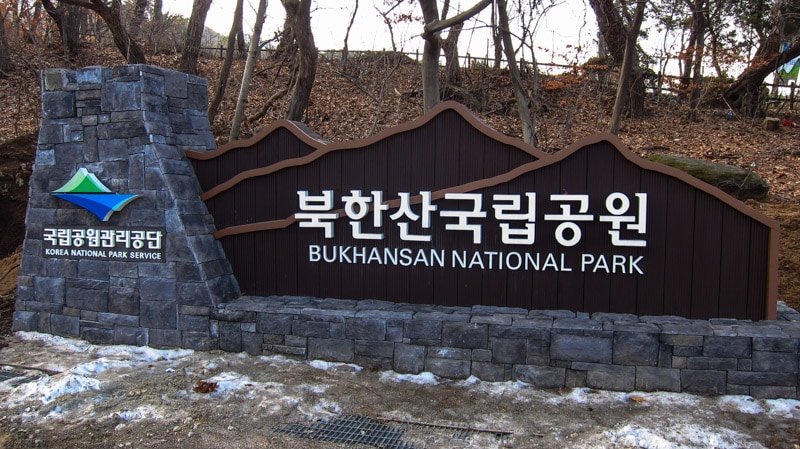
Visitors flock here for the natural beauty and the almost endless options of hiking trails. Bukhansan has it all from large granite peaks, multiple Buddhist temples, pine forests, sweeping gorges and valleys, clear and cold mountain streams, and Bukhansanseong, a walled fortress which protected Seoul from invasions from the north and was also used as a refuge for the king during attacks. The fortress also marked the northern boundary of the Joseon Dynasty. Remnants of the wall still exist to this day.
At 837 meters (2,746 feet), Baegundae Peak is the highest peak in Bukhansan. Insubong is the second largest peak at 810.5 meters (2,659 feet) and Mangnyeongdae is the third largest peak at 799.5 meters (2,623 feet), respectively.
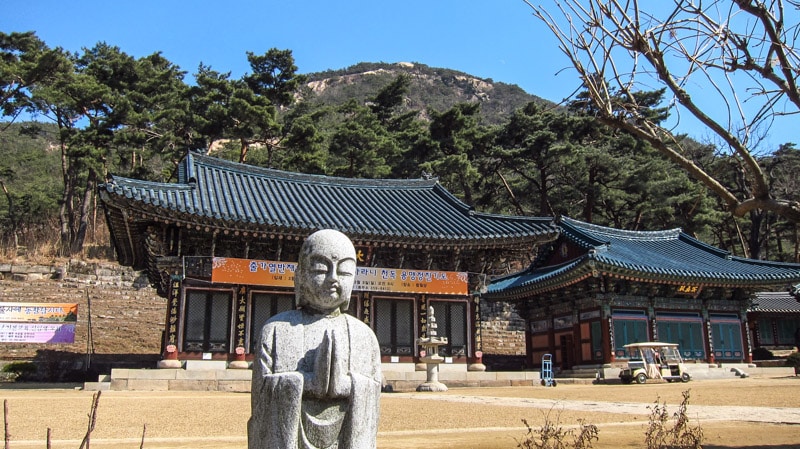
There are numerous hiking trails in Bukhansan National Park, with the majority of them leading to the top of peaks or to one of the many hidden mountain temples that dot the landscape. Hiking trails are generally marked with the majority only taking a few hours to complete. Always use caution when hiking. Stay on the marked trail at all times and do not attempt to hike in inclement weather.
The park offers sleeping shelters at specific locations for those who wish to spend the night in the park. The shelters, which need to be booked in advance at a park office, cost about 5,000 won with another. A blanket can be rented for 1,000-2,000 won for a blanket but be sure to bring your own sleeping bag. Those looking to camp will find multiple campgrounds. Campsites, starting at 2,000 won for a 2 person tent, must also be reserved at park offices.
One of the most popular is the hike up Baegundae. The panoramic views from the top are breathtaking. On a clear day, you can see as far away as downtown Seoul and the Hangang River. Other popular trails include Insubong, Bukhansanseong Fortress, and the 70 kilometer (43.5 mile) Dulle-gil Trail.
Bukhansan National Park Information
Hours
Dawn to dusk
Admission
Free. Reservations for shelters or camping can be made at park offices.
Bukhansan National Park Office
San 1-1, Jeongneung-dong, Seongbuk-gu, Seoul
+82-2-909-0497~8
Bukhansan National Park Dobong Office
229-104, Howon-dong, Uijeongbu Si, Gyeonggi-Do
+82-31-873-2791~2
Map
Additional Resources
Viator by TripAdvisor
Viator is a popular online platform that helps travelers book tours, activities, and unique experiences worldwide, including in Seoul. It connects users with a wide selection of options – from sightseeing tours to cultural events and outdoor adventures – all offered by local providers.
Klook
Klook offers discounted tickets and reservations for various attractions and services in Seoul, from theme parks and museums to tours and transportation options.
Rakuten
Save money while exploring Seoul with Rakuten's cashback program. Book your hotels or other services through Rakuten and enjoy cashback rewards and exclusive deals.
If you sign up using the link below, you could earn $30 cashback on your first purchase over $30.
Book Recommendations
For an immersive guide to Seoul, many travelers choose to bring a book along. Fodor's Seoul, for example, offers detailed recommendations on sights, restaurants, maps, and travel tips.
Nearby Sights
Hwagyesa Temple
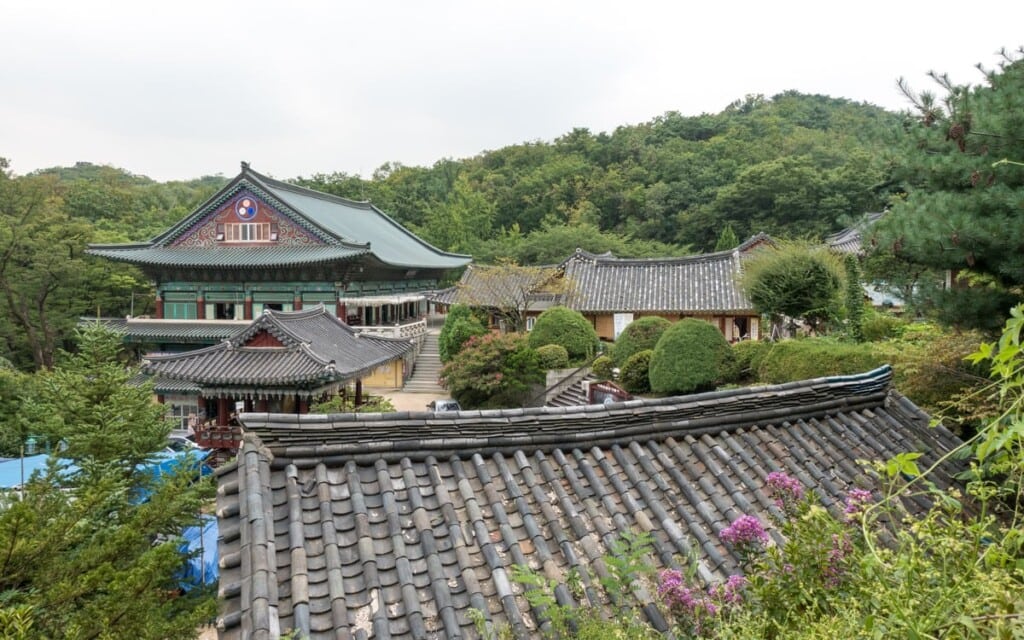
Hwagyesa Temple, of the Chogye Order, is a Buddhist temple surrounded by beautiful scenery at the foot of Mt. Samgaksan in Suyu-dong, Gangbuk-gu. Walking around the peaceful temple grounds surrounded by mountains, running streams, and nature makes any visitor feel like they are far from the urban maze of Seoul.
April 19th National Cemetery
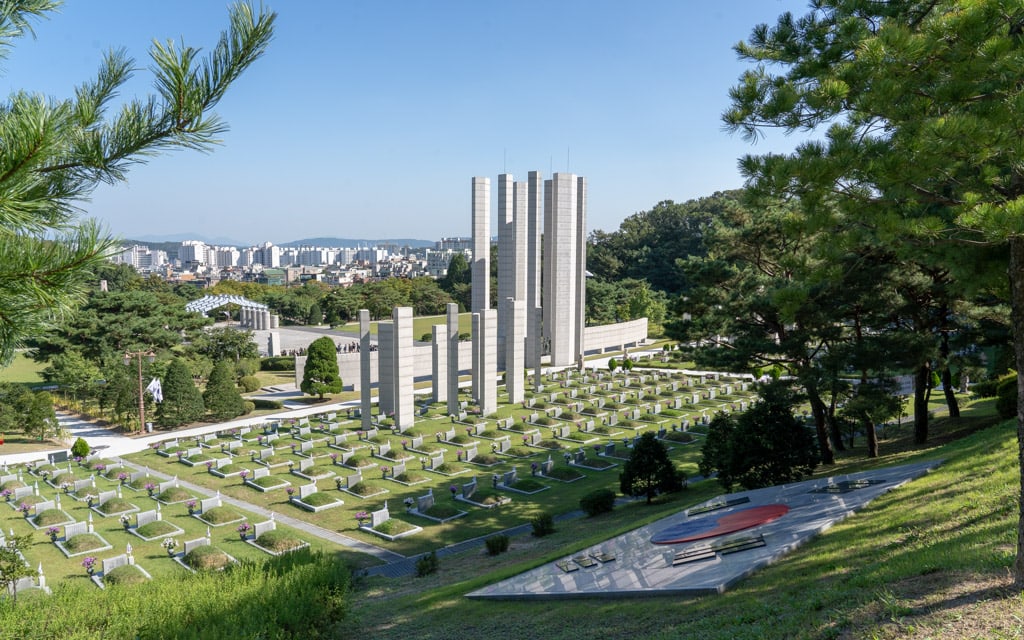
The April 19th National Cemetery is a cemetery and memorial dedicated to the 224 lives lost during the April 19 Revolution protests. During these protests, which took place between April 11 and April 26, 1960, hundreds of citizens, mostly students, were killed or injured by the authoritarian government ruled by President Syngman Rhee. Rhee was a dictator who used his power for corruption and to rig elections.
Dream Forest
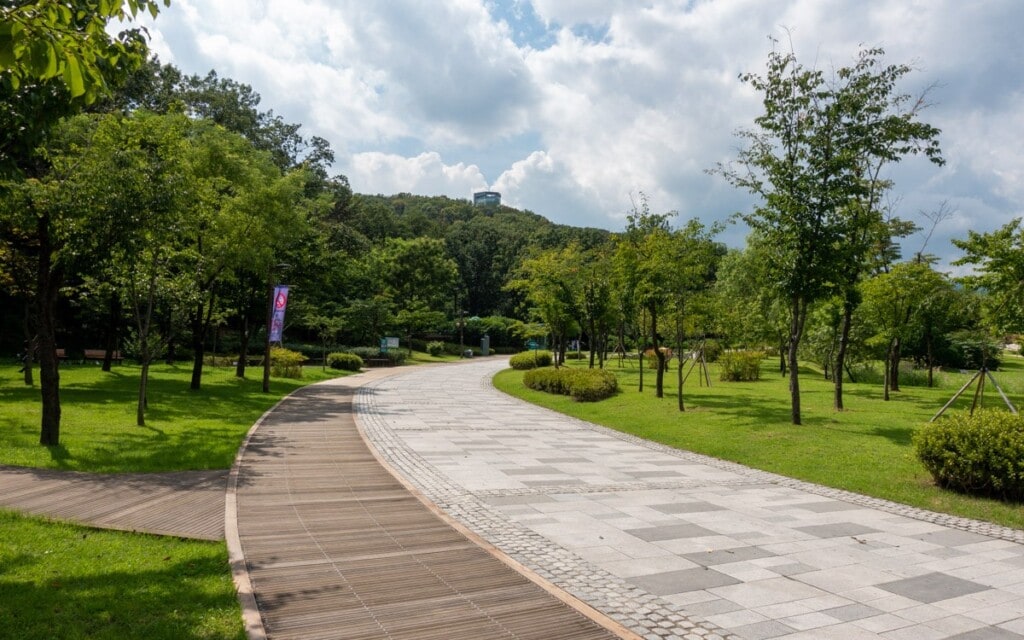
Dream Forest is a large park located in Gangbuk-gu which features open spaces and many walking trails. The area was formerly known as Odong Geullin Park. On October 17, 2009, renovation work was completed and the park was renamed as Dream Forest. At 660,000 square meters, (7,104,180 square feet), Dream Forest is the fourth largest park in Seoul after after World Cup Park, Olympic Park, and Seoul Forest.
Gilsangsa Temple

Gilsangsa Temple is a fairly new and popular Buddhist temple complex surrounded by nature and beauty in hills of Seongbuk-dong, a neighborhood of Seoul. Since 1997, Gilsangsa has become popular with both locals and tourists for its harmony with nature. Originally, an upscale restaurant known as Daewongak was built at this location.
Sukjeongmun Gate
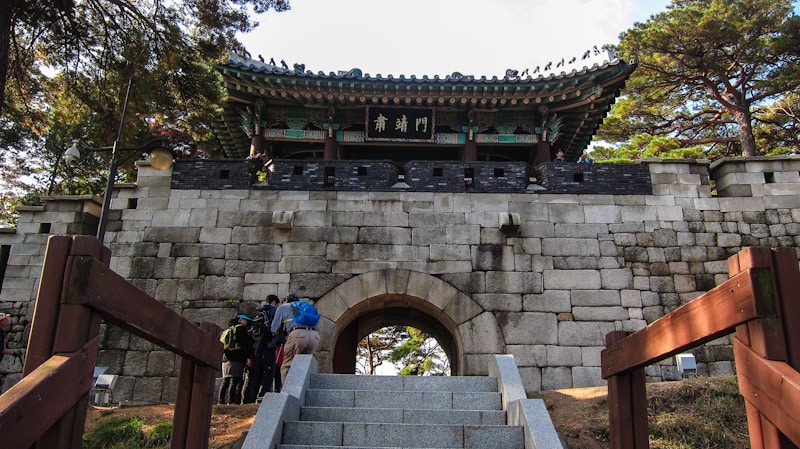
Sukjeongmun Gate is the most northern of the Four Main Gates of Seoul Fortress. It is also known as Bukdaemun, literally meaning North Big Gate. When originally built in 1396, it was known as Sukcheongmun. In the 16th century, it was renamed to Sukjeongmun, which means Rule Solemnly Gate. Sukjeongmun was built north of Seoul behind Gyeongbokgung Palace.
Last Updated on Mar 11, 2025
